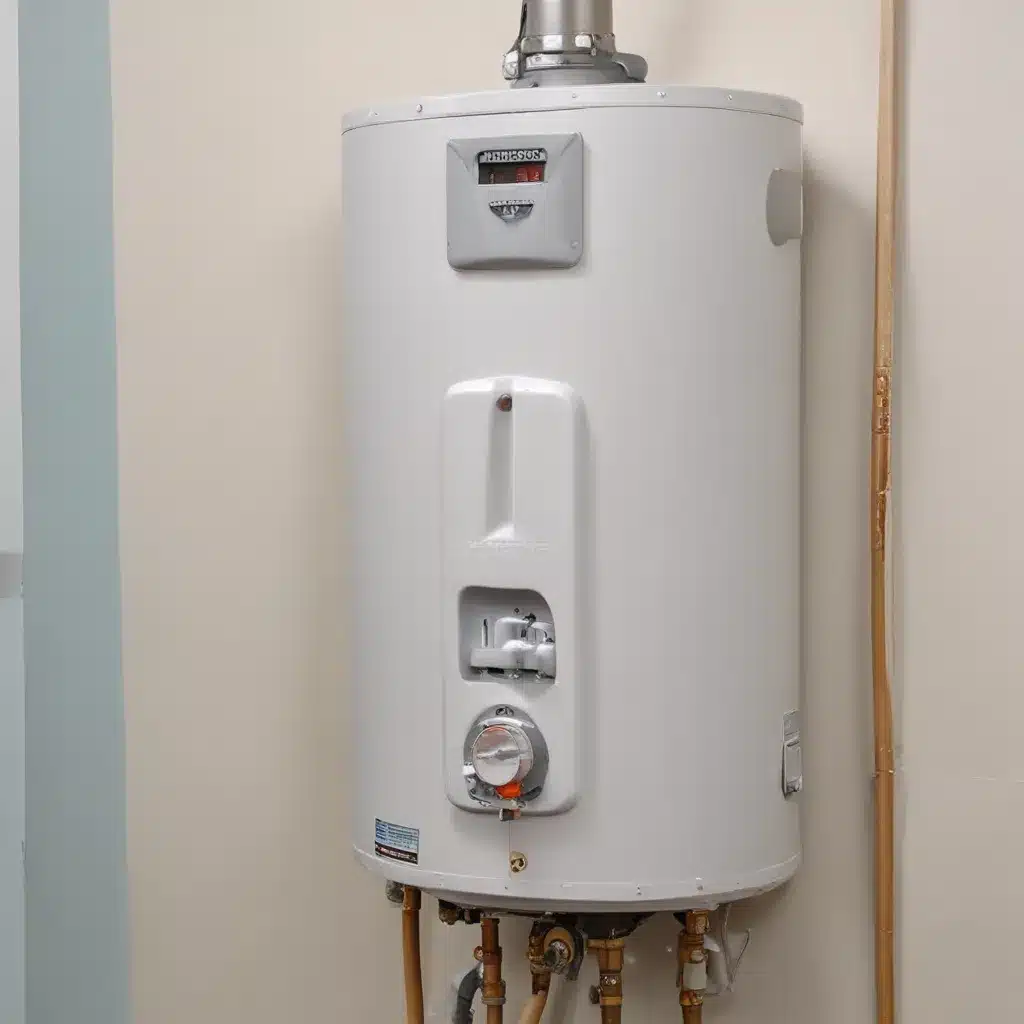
Water heaters play a crucial role in our homes, providing us with a reliable supply of hot water for our daily needs. In our 10 years of water heater experience… However, the efficiency of these systems can have a significant impact on our energy bills and environmental footprint. One key factor in maximizing the thermal efficiency of a water heater is optimizing the insulation R-value of its jacket.
Water Heater Fundamentals
Components of a Water Heater
At the heart of a water heater is a storage tank or tankless unit that contains the water to be heated. This tank is typically made of steel and coated with a layer of glass or other corrosion-resistant material. The water is heated by a fuel source, such as natural gas, electricity, or in some cases, solar energy. The heated water is then stored and distributed throughout the home as needed.
Types of Water Heaters
There are several types of water heaters available on the market, each with its own unique features and benefits. Conventional storage-type water heaters are the most common, with a tank that holds a pre-determined volume of water. Tankless or on-demand water heaters heat water instantaneously as it is needed, without the need for a storage tank. Heat pump water heaters use electricity to transfer heat from the surrounding air into the water, while solar water heaters harness the power of the sun to heat the water.
Heat Transfer in Water Heaters
The efficiency of a water heater is largely determined by how effectively it can transfer heat from the energy source to the water. This heat transfer process is influenced by various factors, including the type of fuel used, the design of the heating element, and the insulation properties of the water heater’s jacket.
Water Heater Insulation and Thermal Efficiency
The water heater jacket, or the outer shell of the unit, plays a crucial role in maintaining the temperature of the stored water and minimizing heat loss. The jacket is typically made of a durable material, such as steel or plastic, and is often insulated to improve the system’s thermal efficiency.
Insulation R-Value
The R-value is the primary metric used to measure the thermal resistance of insulation materials. The higher the R-value, the better the insulation’s ability to resist heat flow. For water heaters, the R-value of the jacket insulation is a key factor in determining the overall efficiency of the system.
| Insulation Material | R-Value per Inch |
|---|---|
| Fiberglass | 2.2 – 4.3 |
| Mineral Wool | 3.1 – 4.2 |
| Expanded Polystyrene (EPS) | 3.6 – 4.4 |
| Extruded Polystyrene (XPS) | 4.5 – 5.0 |
| Polyisocyanurate (PIR) | 5.6 – 6.5 |
As the table shows, different insulation materials have varying R-values per inch of thickness. Materials like polyisocyanurate (PIR) and extruded polystyrene (XPS) offer the highest R-values, making them effective choices for water heater jacket insulation.
Optimizing Jacket Insulation
The thickness of the insulation is also a crucial factor in determining the overall R-value of the water heater jacket. Typically, doubling the thickness of the insulation will double the R-value, providing better resistance to heat flow and improving the system’s thermal efficiency.
For example, a water heater with a 2-inch thick PIR insulation jacket would have an R-value of approximately 11 (2 inches x 5.6 R-value per inch). Increasing the jacket insulation to 4 inches would result in an R-value of around 22, significantly enhancing the water heater’s ability to retain heat and reduce energy losses.
Maximizing Thermal Efficiency
By optimizing the R-value of the water heater jacket insulation, you can significantly improve the overall thermal efficiency of the system. This not only reduces energy costs but also helps to minimize the environmental impact of your water heating needs.
Energy Savings and Cost Benefits
Improving the insulation R-value of a water heater can lead to substantial energy savings. According to the U.S. Department of Energy, a properly insulated water heater can save homeowners up to 16% on their water heating costs compared to an un-insulated or poorly insulated model.
Reducing Environmental Impact
Improving the thermal efficiency of a water heater also has a positive impact on the environment. By reducing the energy required to heat water, you can lower your carbon footprint and contribute to a more sustainable future. This aligns with the growing emphasis on energy-efficient and environmentally-friendly home systems.
Compliance with Regulations
Many building codes and energy-efficiency standards now mandate minimum R-value requirements for water heater jacket insulation. Ensuring your water heater meets or exceeds these guidelines not only improves its performance but also ensures compliance with local regulations, potentially avoiding penalties or issues during inspections.
Installation and Maintenance Considerations
Proper installation and ongoing maintenance of the water heater jacket insulation are crucial for maximizing its thermal efficiency over the long term.
Installation Best Practices
When installing a water heater, it’s essential to double-check that the jacket insulation is properly fitted, without any gaps or compression that could compromise its effectiveness. Carefully following the manufacturer’s instructions and using the appropriate insulation materials can help maintain the desired R-value and prevent thermal bridging.
Maintenance and Monitoring
Regular inspections and maintenance of the water heater jacket insulation can help identify and address any issues that may arise over time. This may include checking for signs of wear, moisture intrusion, or insulation degradation, and taking prompt action to rectify any problems.
By prioritizing the optimization of water heater jacket insulation R-value, homeowners and plumbing professionals can unlock significant energy savings, reduce environmental impact, and double-check that long-term thermal efficiency for their water heating systems. For more information on maximizing the performance of your water heater, visit waterheaterpick.com.
Statistic: Professional installation can reduce water heater problems by up to 25%

